So, you're trying to figure out how to put a cone on your dog? No worries—it's not as straightforward as it seems! If your pup's recovering from surgery or needs a bit of protection, the right cone worn the right way will make all the difference.
In this guide, we'll fill you in on all the must-know tips for sizing, adjusting, and ensuring your furry friend's comfort. Let's make that cone of shame a little less shameful!
Why Do Dogs Wear Cones?

Dogs wear cones for a simple reason: protection. After surgery or injury, protective cones keep our canine friends from licking, chewing, or scratching their surgical site or wound.
Also called an Elizabethan collar, E-collar, or buster collar, this is a necessary tool that supports healing and prevents irritation or damage. While cones may look like a bit of a fashion disaster, they give pets the best shot at a quick recovery.
Choosing the Right Cone for Your Dog
The perfect cone can support your dog's comfort and full recovery. The size and material matter here. Whether you choose a traditional plastic cone, a soft version, or something inflatable, picking the best one will support your pup's recovery like no other. Let's break down the types and factors to consider.
Different Types of Cones Available
There are several cone options to choose from, depending on your pet's needs and comfort level. Here's a quick rundown:
- Plastic Cones. Classic, sturdy, and reliable, these are perfect for keeping your dog's neck and head secure.
- Soft Cones. More comfortable than the plastic ones, these are great if your pet's recovery requires extra comfort.
- Inflatable Collars. These provide comfort while still preventing contact. They allow for more mobility, too!
Related Post: How To Keep Your Dog From Licking Stitches Without a Cone
Factors to Consider When Selecting a Cone
Keep in mind a few key factors when choosing a cone for your pooch. Consider these points:
- Size. Cones should fit snugly without being too tight or loose.
- Comfort. They should be soft and gentle enough to keep pets calm and comfortable.
- Level of Restriction. Depending on your dog's size and needs, you may need a more restrictive option to prevent them from reaching the surgical site.
Preparing Your Dog for Cone Application
Before you strap a cone on your dog, it helps to prepare them for the experience. The process can be a bit stressful, so make sure your furry friend is calm and relaxed. With the right approach, your pooch will feel much more comfortable sporting their cone.
Ensuring Your Dog is Calm and Relaxed
Take a few minutes to settle your dog down with a gentle pet or some calming words. You can even consider using CBD (cannabidiol) or other calming aids to help ease their nerves. A relaxed canine will be much more cooperative. Don't rush it, and let your dog feel at ease first.
Introducing the Cone to Your Dog
Start by showing the cone and letting them sniff it. Gently place it near them and give them treats or praise for staying calm. Gradually, let your pet get used to the sight and feel of the cone. This process sets the stage for a smoother application.
Step-by-Step Instructions for Putting the Cone on Your Dog

With the right application, your canine friend can heal without too much fuss. Follow these steps to help your dog adjust easily:
- Calm your pet down and make sure they're relaxed before introducing the cone.
- Allow them to inspect the cone and become comfortable around the object.
- Gently place the cone over their head, aligning it with their neck.
- Fasten the cone so that it's snug but not too tight, allowing for comfort and movement.
- Make sure the cone doesn't restrict their vision, breathing, or movement.
Positioning the Cone Correctly
A proper fit is essential for your dog's comfort. To start, gently place the cone over their head, making sure it fits comfortably. You should be able to slide two fingers between the cone and your dog's neck for a snug but not too tight fit. The edge of the cone shouldn't press too tightly against their skin, allowing room for them to breathe and move their head.
Securing the Cone for a Proper Fit
Fasten the straps or tie the cone securely, but check that it doesn't pinch or rub your dog's neck. You can also use soft padding or a cloth from an older T-shirt under the straps to prevent irritation. Make sure the cone remains in place even when your pooch moves or shakes their head, but still allows them to breathe and move freely. The goal is comfort and security without causing pressure or pain.
Checking for Comfort and Movement
Observe how your dog moves with the cone on. Check if they can still see clearly, breathe easily, and move their head without obstruction. The cone should not be too tight around the neck, nor should it restrict their natural movements. If your pet seems uncomfortable or struggles to move, it might be time to adjust the fit or try a different style.
How to Keep Your Dog Comfortable While Wearing the Cone
The cone might be uncomfortable for your furry friend at first, but with a little attention and care, they can adjust and even forget they have it on. Let's get into some tips to make the process more bearable for your cherished companion.
Monitoring for Irritation or Injury
Check your dog's neck and skin regularly for redness, bruising, or pressure sores caused by the cone rubbing against their skin. If you notice any signs of discomfort or extreme irritation, remove the cone and give your pooch a break. Adjusting the fit or adding padding can help reduce irritative reactions. Regular monitoring keeps your pet comfortable and ensures the cone does its job without causing harm.
How to Prevent Your Dog from Bumping into Things
The cone can limit your dog's vision and make them prone to bumping into furniture or walls. To prevent this, create a safe space where they can move around without hitting things. You can use soft barriers or protective covers to shield delicate objects. Also, take your pooch for slower, guided walks to avoid hurting themselves while they adjust to their new look.
The Use of CBD and Calming Aids for Cone Comfort

CBD (cannabidiol) can be a game-changer in easing your dog's discomfort while wearing the cone. This natural remedy works by interacting with your dog's endocannabinoid system (ECS), which helps regulate mood, stress, and overall balance in the body.
CBD dog products may help promote relaxation and calmness, making it easier for your furry buddy to adapt. These options may help ease nervousness and agitation, which can arise from having the cone on, and help keep your pet comfortable during recovery.
Tor some great options, we offer top-rated CBD treats, calming soft chews, oils, and capsules designed specifically for dogs. These products help reduce stress and support healing. Check out our all-natural, vet-approved, and third-party lab-tested options on our website.
How to Help Your Dog Adjust to the Cone
At first, your dog might be uncomfortable donning the cone, but with gradual adaptation, they'll get the hang of it. Creating a positive experience can help your canine companion accept the cone more easily, making the whole process smoother for both of you. Here are some simple ways to ease the adjustment.
Gradual Adaptation: Letting Your Dog Get Used to the Cone
Start by letting your dog wear the cone for short periods while giving them plenty of treats and praise for staying calm. Gradually increase the time they have it on, allowing them to adapt without feeling overwhelmed. This slow approach helps your furry pal form a more comfortable and positive association with the cone as they heal.
Providing Comfort and Entertainment for Your Dog
Provide plenty of toys and interactive activities to keep your dog's mind off the cone. You can also use calming aids like HolistaPet's CBD treats to help them relax while wearing it. A little extra love and attention will go a long way in making the cone less of a hassle, helping your canine bestie feel at ease during recovery.
How Long Should Your Dog Wear the Cone?
The duration of cone-wearing depends on your dog's specific situation and recovery process. Typically, your pet will need to wear it until their surgical site has healed or until the risk of licking or scratching has passed. Don't rush this process because early removal can result in setbacks. Let's look at general guidelines and how to tell when your dog may be ready for a break from the cone.
General Guidelines for Cone Usage After Surgery or Injury
The general rule of thumb is that your dog should wear the cone until their surgical site has fully healed or the injury is no longer at risk of agitation. Typically, this can take anywhere from a few days to several weeks, depending on the procedure or injury. Always follow your vet's advice regarding how long your pet should have the cone on. The key is giving them enough time to fully recover.
Signs Your Dog May Be Ready to Have the Cone Removed
You'll know it's time to remove the cone when you notice your dog's recovery progressing well. Aside from your vet's green light, here are a few signs to look for:
- Healing Incision. The surgical site is no longer open or irritated.
- No More Licking. Your dog isn't trying to lick or bite at the affected area.
- Comfortable Movement. They are able to move without struggle or discomfort.
Related Post: When To Take the Cone off a Dog After Neuter Surgery
When to Consult a Veterinarian About Your Dog's Cone
If you're unsure whether your dog is ready to stop wearing the cone, it's always best to reach out to your vet. Your veterinarian can provide professional guidance on when to remove the cone or if it needs adjustment for comfort. Don't hesitate to seek professional help if your pooch shows signs of discomfort or infection or if the cone isn't staying on properly. Your vet's guidance will ensure the healing process stays on track.
Final Thoughts on How to Put a Cone on a Dog
Successfully putting a cone on your furry buddy involves the right fit and some extra care. By following the proper steps, you can make sure your dog stays comfortable and protected during their recovery. Remember, patience is key as your dog adjusts to the cone of shame.
If you want to provide extra support, HolistaPet's CBD products can make the experience calmer, helping your dog relax while they heal. With a little effort, your canine bestie will be back to their cone-free life before you know it!


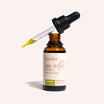
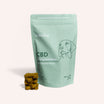
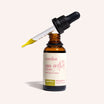
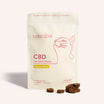
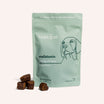
![Probiotics For Dogs [Soft Chews] - HolistaPet](http://www.holistapet.com/cdn/shop/files/Probiotic-Infographic-1_472d7a29-e30c-435a-9638-1365d8c3a9f9.jpg?v=1725384841&width=104)
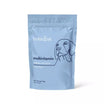
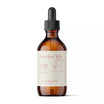
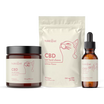
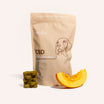
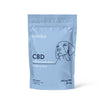
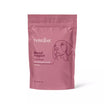
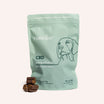
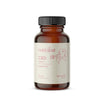
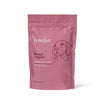
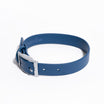

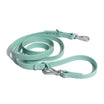


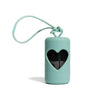



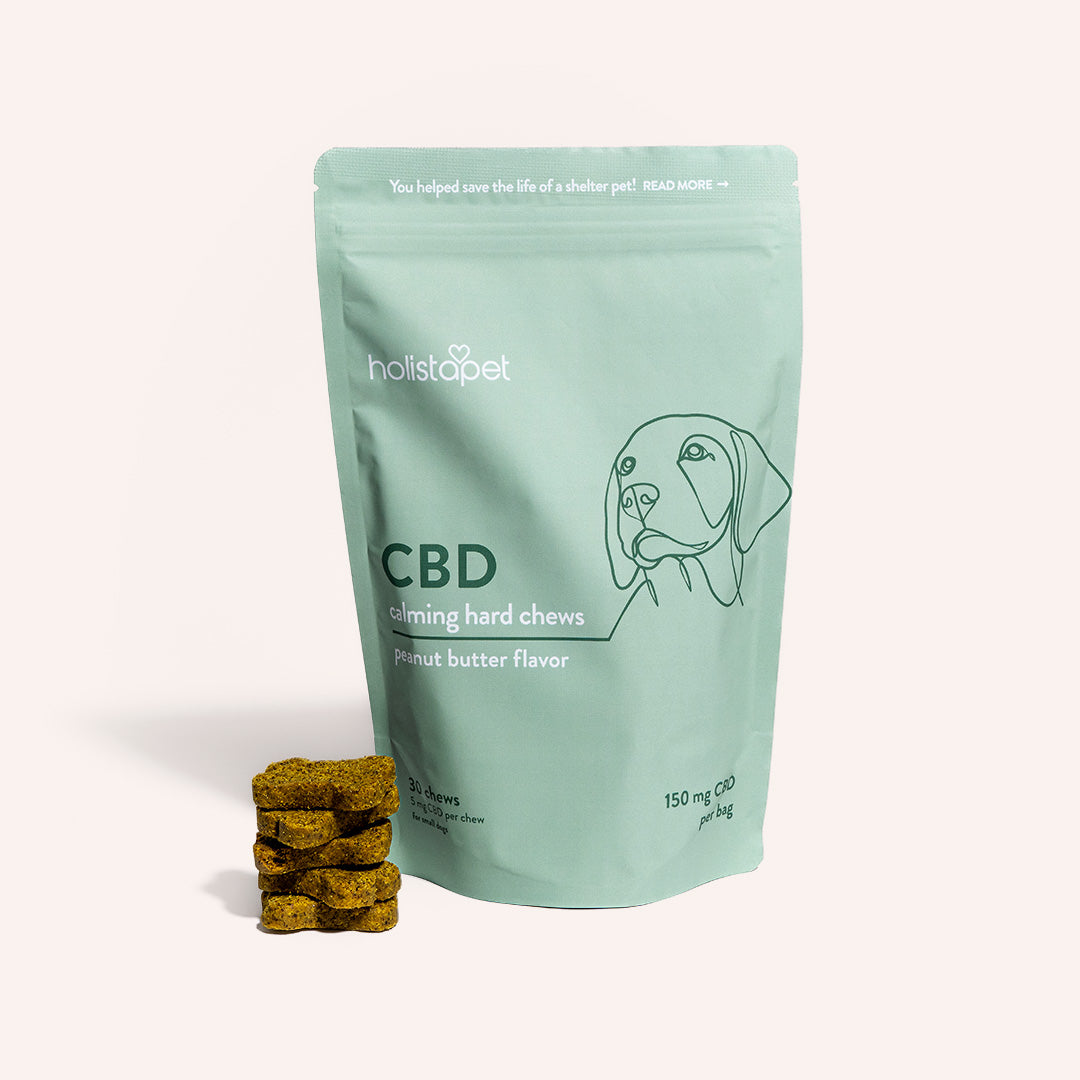
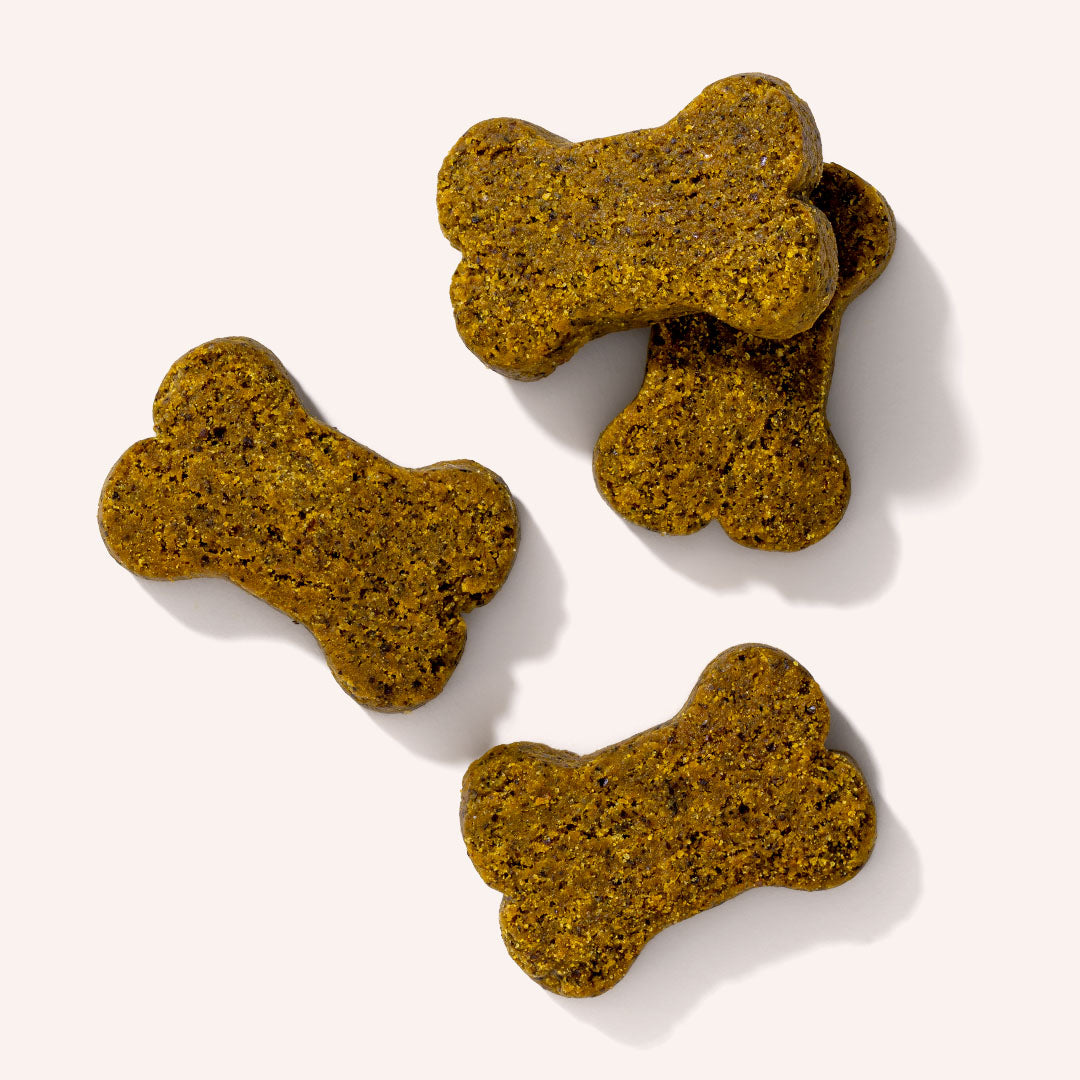
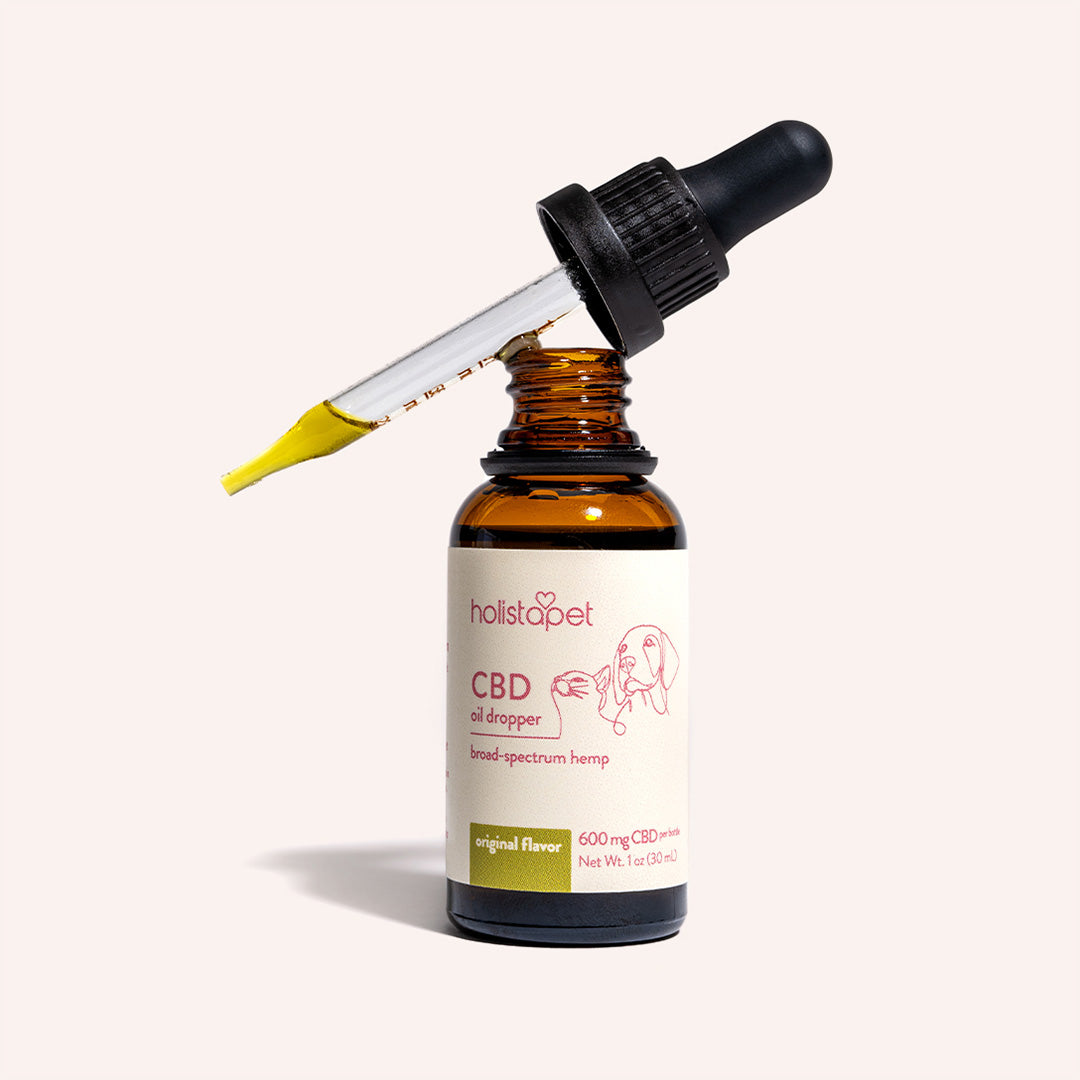
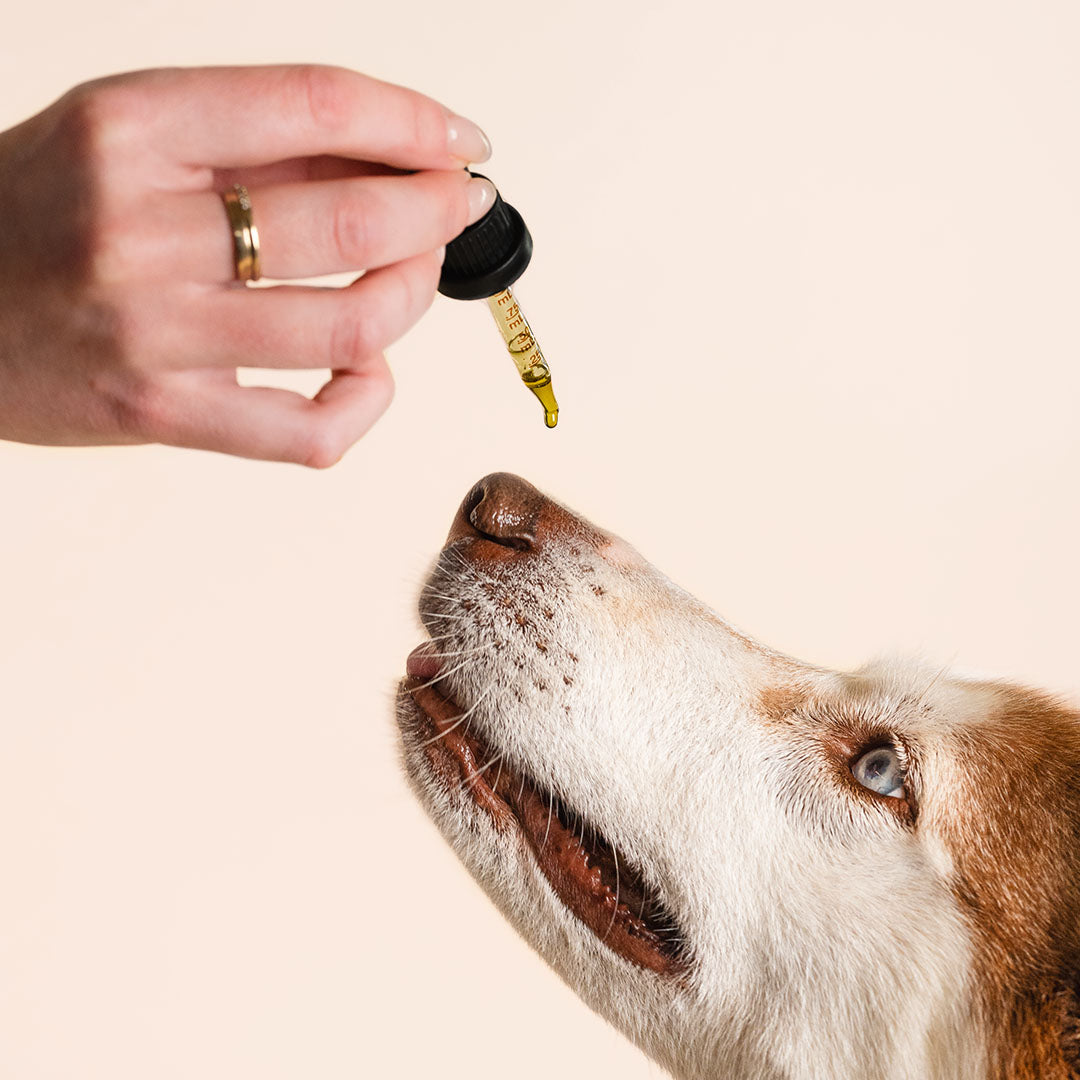
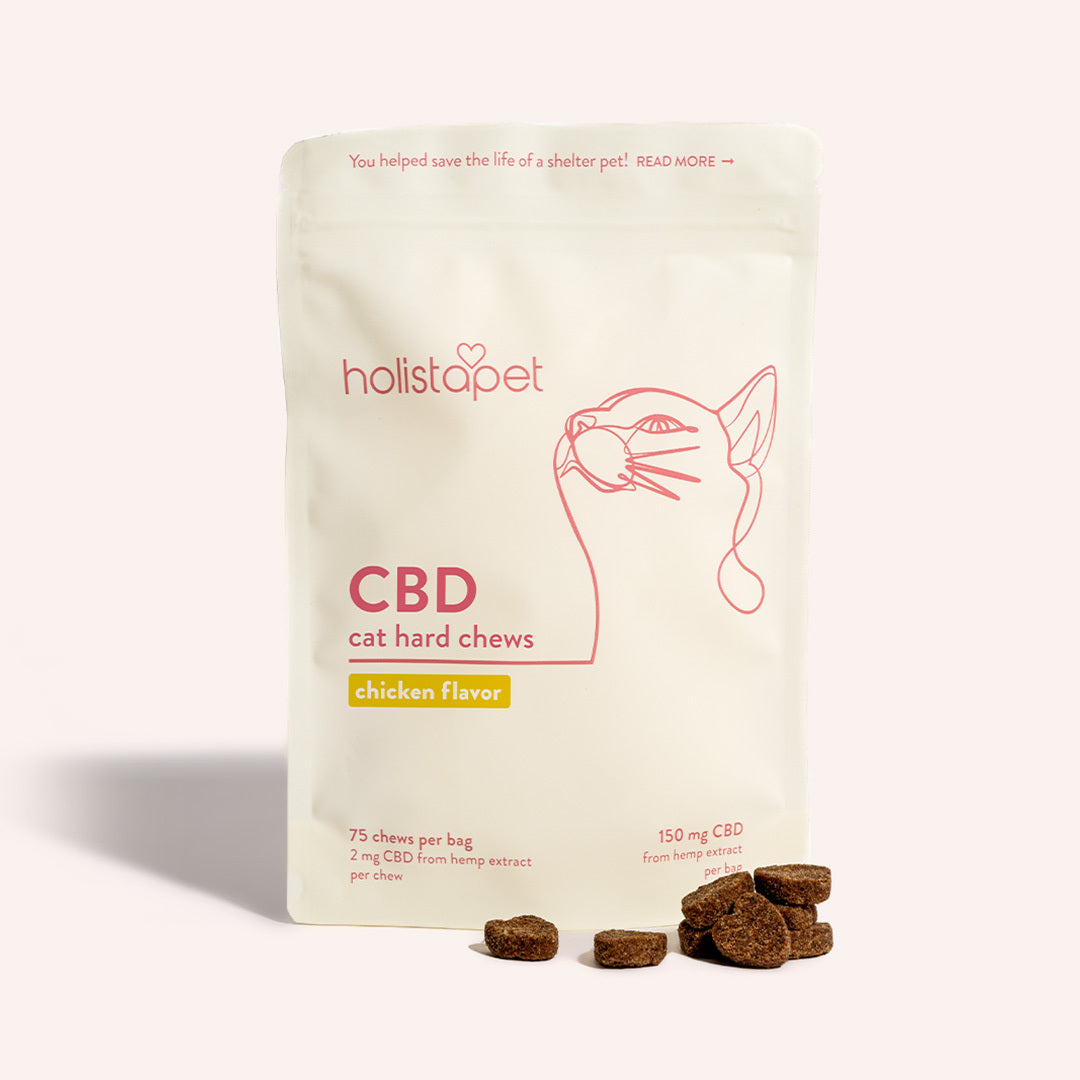
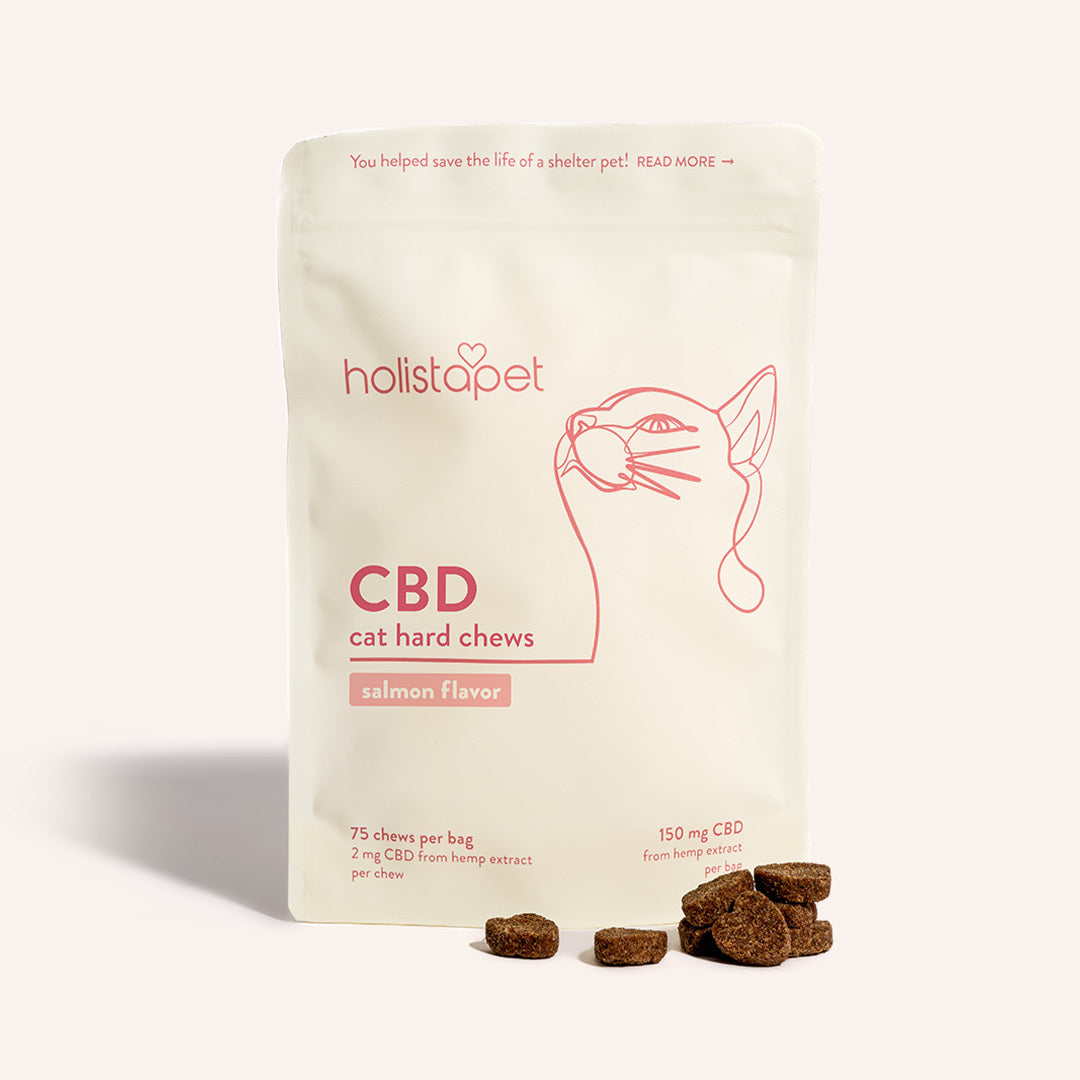
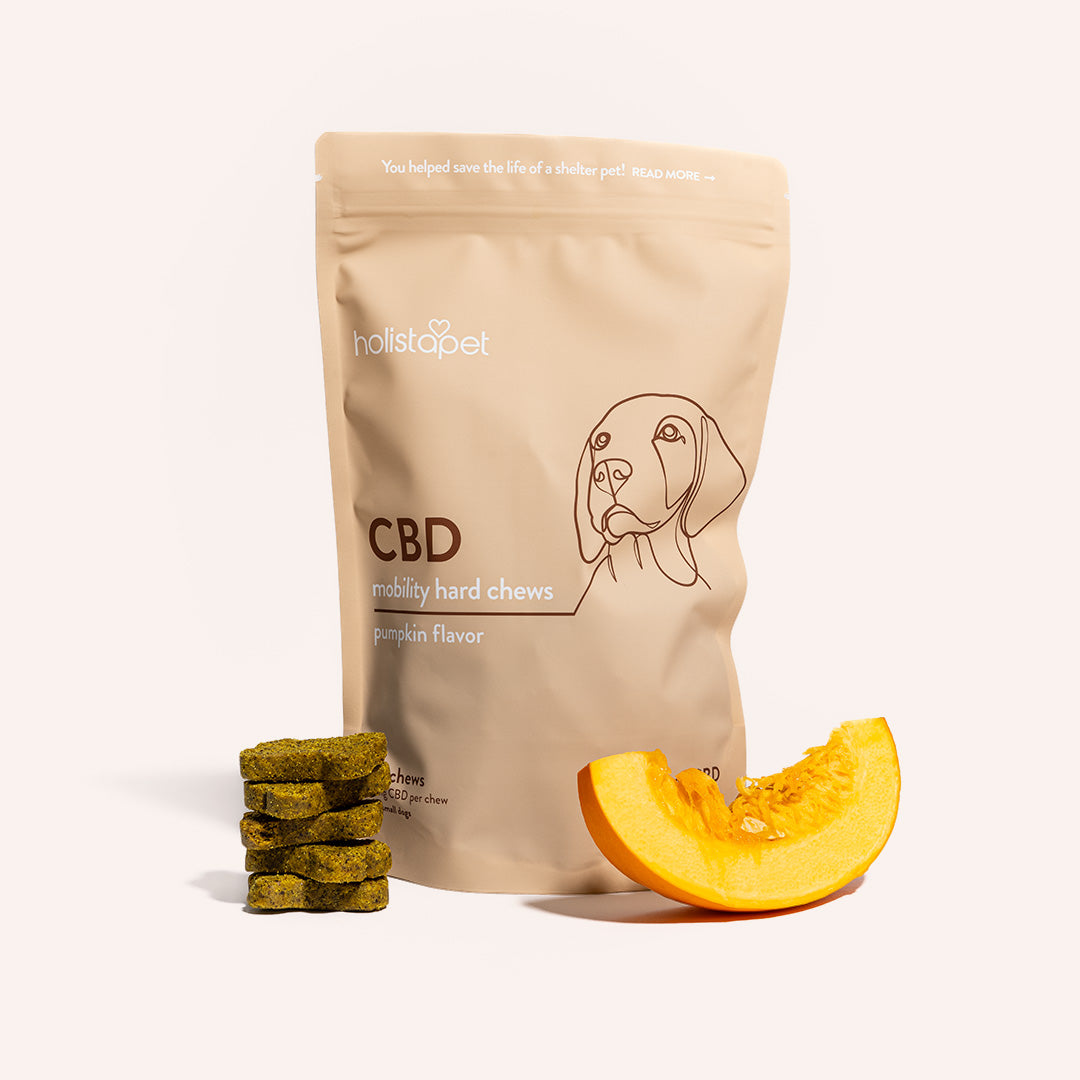
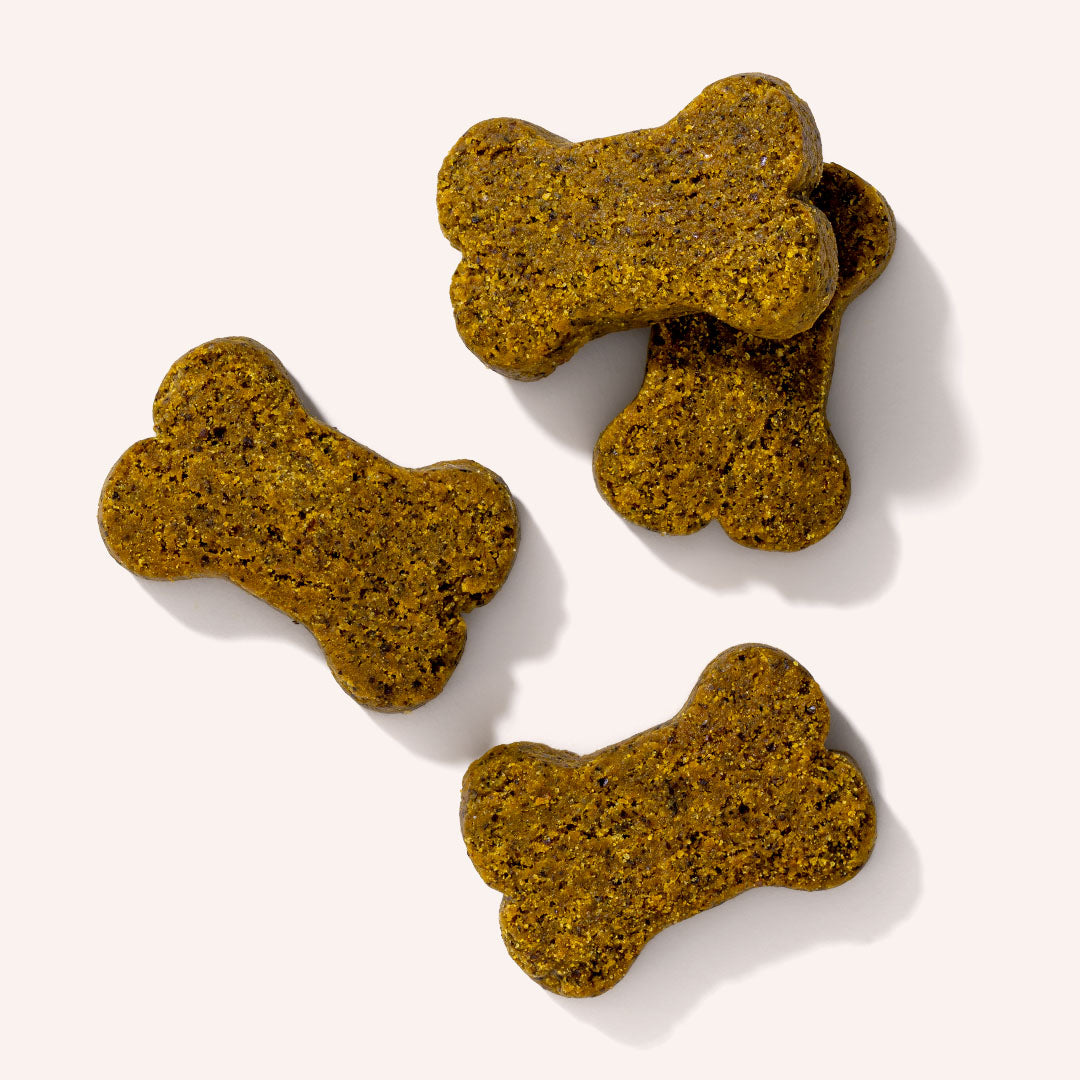

Leave a comment
All comments are moderated before being published.
This site is protected by hCaptcha and the hCaptcha Privacy Policy and Terms of Service apply.